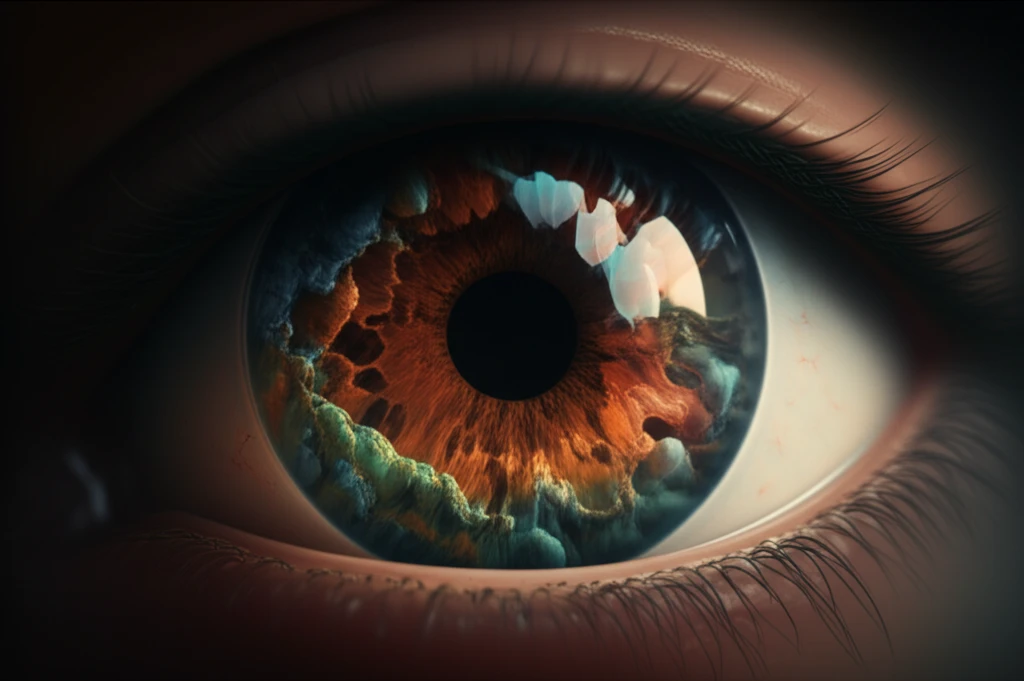
Decoding the Mystery: How Subretinal Fluid Impacts Your Vision and What It Means
"Scientists Uncover New Insights into a Vision Threat: Exploring the Three-Dimensional Configuration of Subretinal Fluid in Central Serous Chorioretinopathy"
Vision, the extraordinary ability to perceive the world around us, is a precious gift. However, conditions like central serous chorioretinopathy (CSC) can threaten this gift. CSC, a condition often marked by subretinal fluid (SRF), can significantly impact vision. But now, a new study dives deep into the 3D nature of SRF, offering a fresh perspective on how this fluid affects our sight.
This recent research explores the detailed 3D configuration of SRF using advanced imaging techniques. Researchers have discovered that the way SRF behaves within the eye can tell us a lot about the condition's severity and how it might progress. This innovative approach marks a turning point, providing a deeper understanding of how SRF impacts vision and may help guide the development of better treatments.
This article delves into the study's findings, explaining what SRF is, how it affects the eye, and why understanding its 3D structure is critical. We'll break down the key discoveries, explaining how the shape and behavior of SRF can predict the course of the disease, opening doors to earlier and more effective interventions. Prepare to explore the eye in a whole new dimension.
Unveiling Subretinal Fluid: The Eye's Hidden Threat

Subretinal fluid, as the name suggests, accumulates beneath the retina, the light-sensitive tissue at the back of the eye. In the case of CSC, this fluid buildup is often caused by a leakage from the choroid, a layer of blood vessels behind the retina. While many cases of CSC resolve on their own, persistent SRF can lead to vision changes, including blurred vision, distortion, and even vision loss.
- The 3D Approach: SDOCT allows for a comprehensive view of SRF, unlike traditional 2D imaging.
- Acute vs. Chronic CSC: Researchers compared the SRF configuration in acute (recent onset) and chronic (long-standing) CSC cases.
- Prognostic Insights: The study sought to determine if the SRF's configuration could predict the course of the disease.
A Brighter Future for Vision: The Impact of SRF Research
The research on subretinal fluid and its 3D configuration offers a beacon of hope for individuals affected by CSC. By understanding the intricacies of SRF, clinicians can better assess the condition, predict its progression, and potentially tailor treatments for improved outcomes. This study paves the way for further research, focusing on early detection and personalized treatment strategies, ultimately leading to a future where vision loss from CSC becomes less prevalent and more manageable. The eye's secrets are slowly being revealed, promising a clearer future for those who cherish their sight.
